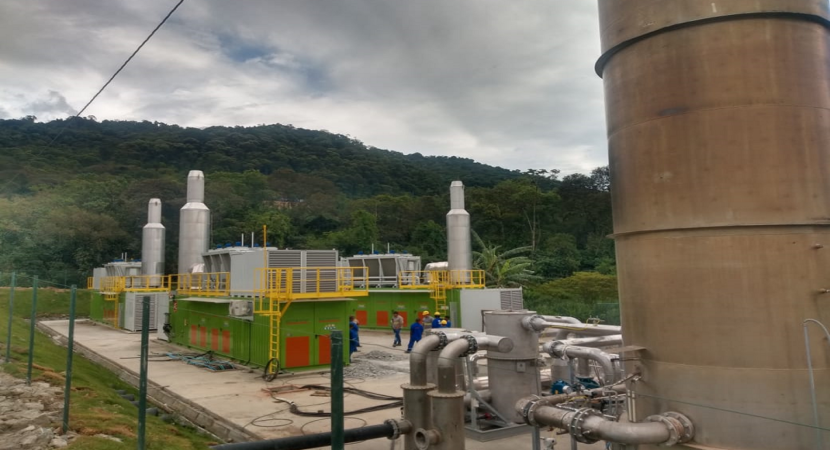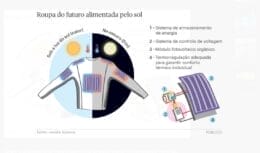
Vivo is inaugurating its first distributed generation biogas plant in SP. The construction was carried out in partnership with Grupo Gera and will have an annual capacity of 20.850 MWh
The telecommunications company Vivo inaugurated, this December, in Santos, its first distributed biogas generation plant in the state of SP. The company's plant was developed in partnership with Grupo Gera next to the environmental landfill, and will have an area of almost 1,5 square meters. 20.850 MWh will be produced and injected per year, energy that will serve to meet the consumption of more than one thousand Vivo units, such as offices, antennas, stores and transmission equipment, located in the concession area served by CPFL Energia.
Read also
Vivo plans to install 89 distributed generation biogas plants
Vivo's biogas plant, in SP, will use between 2.500 and 5.000 Nm³ per hour of biogas with a high methane content to generate carbon credits and electricity.
Vivo's initiative in SP allows the biogas from the landfill, which was not previously used, to be used for processes that start with its burning and have, as a final product, in addition to water vapor, carbon dioxide.
The company's undertaking is part of the strategy to expand its own energy production through clean sources. Of the total 83 plants in the generation program distributed by the company throughout the country, 21 are already in operation, in various regions of the country and with different partners, producing energy through solar, biogas and hydro sources.
Telephone company plans to install 62 more distributed generation biogas plants in 2022
Together, Vivo's distributed generation plants already supply 7.450 of the company's consumer units and generate more than 187.289 MWh per year. Vivo still estimates to install another 62 biogas plants next year.
The company plans to meet around 90% of its low voltage consumption through distributed generation, serving more than 30 company units spread across the country, generating around 771 MWh per year of energy, enough to supply all the consumption of a city with a population of 320 inhabitants. Vivo's project in SP generated 49 jobs during the construction phase and, during the operation phase, will create another 20 jobs.
Rivaling vivo, Claro intends to reach the mark of 80% of own production of renewable energy in 2022
Claro's new sustainability plan was recently announced and, along with it, the company shared its goal of reaching the mark of 80% of own production of renewable energy to supply its headquarters throughout the country. In addition, the company also commented that it wants to expand the number of plants for this initiative, and will increase from 58 solar energy and biogas plants to the mark of 70 still during the year 2022.
Hamilton Silva, Director of Infrastructure at Claro, commented on the initiative and the company's plans for the year 2022 and stated: “Today, we have 58 plants across the country for our self-consumption, which cover almost 60% of low voltage consumption. They operate with various sources, such as wind, solar, hydroelectric, biogas, cogeneration. Claro's customers have energy produced by the company itself”.
Vivo uses 100% renewable energy
Vivo's energy consumption has been fully renewable since 2018, when the company went from a scenario with consumption of only 26% of renewable energy from clean sources to 100%, through the purchase of energy certificates, which allowed the company to anticipate by 12 years its totally clean consumption goal, initially foreseen for 2030.
This also contributed to Vivo reducing its carbon dioxide emissions by 70% compared to 2015, representing an important advance for the company in neutralizing greenhouse gas emissions. Since 2019, the company has also become carbon neutral.







